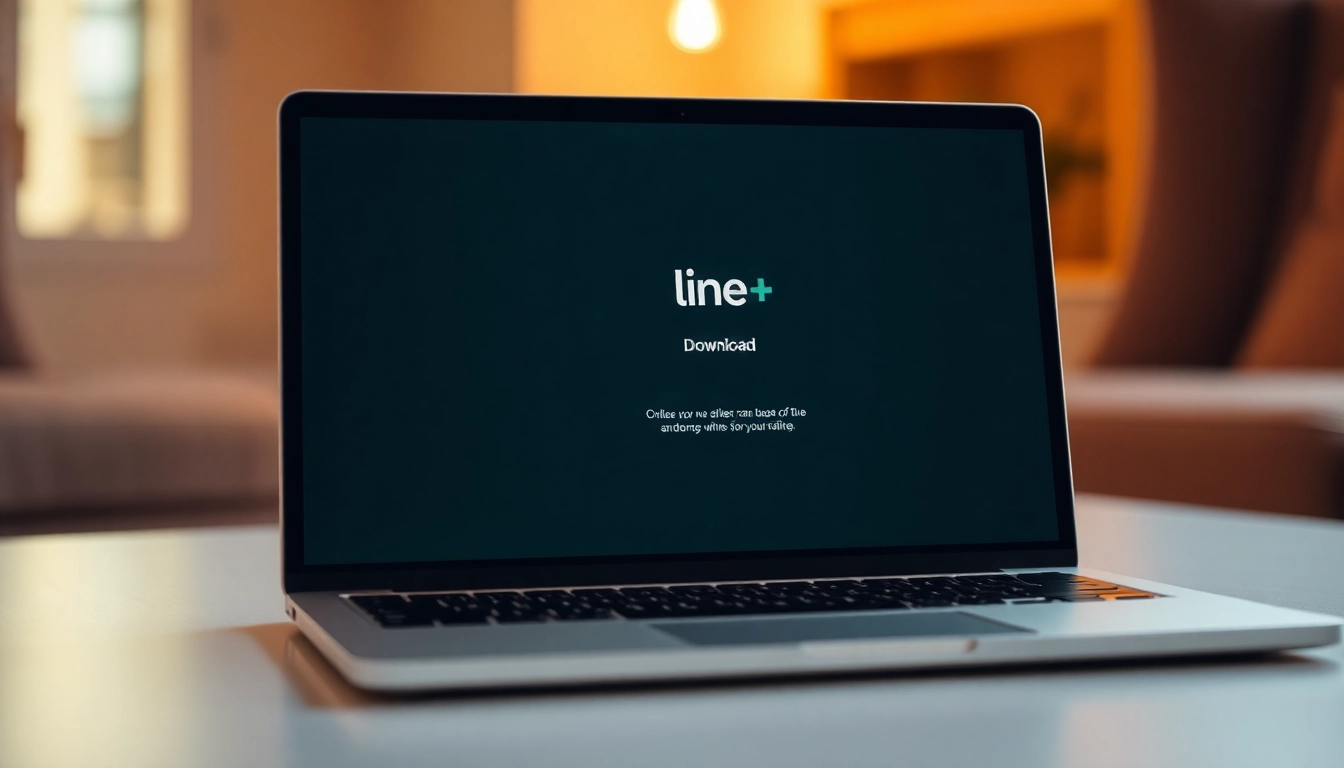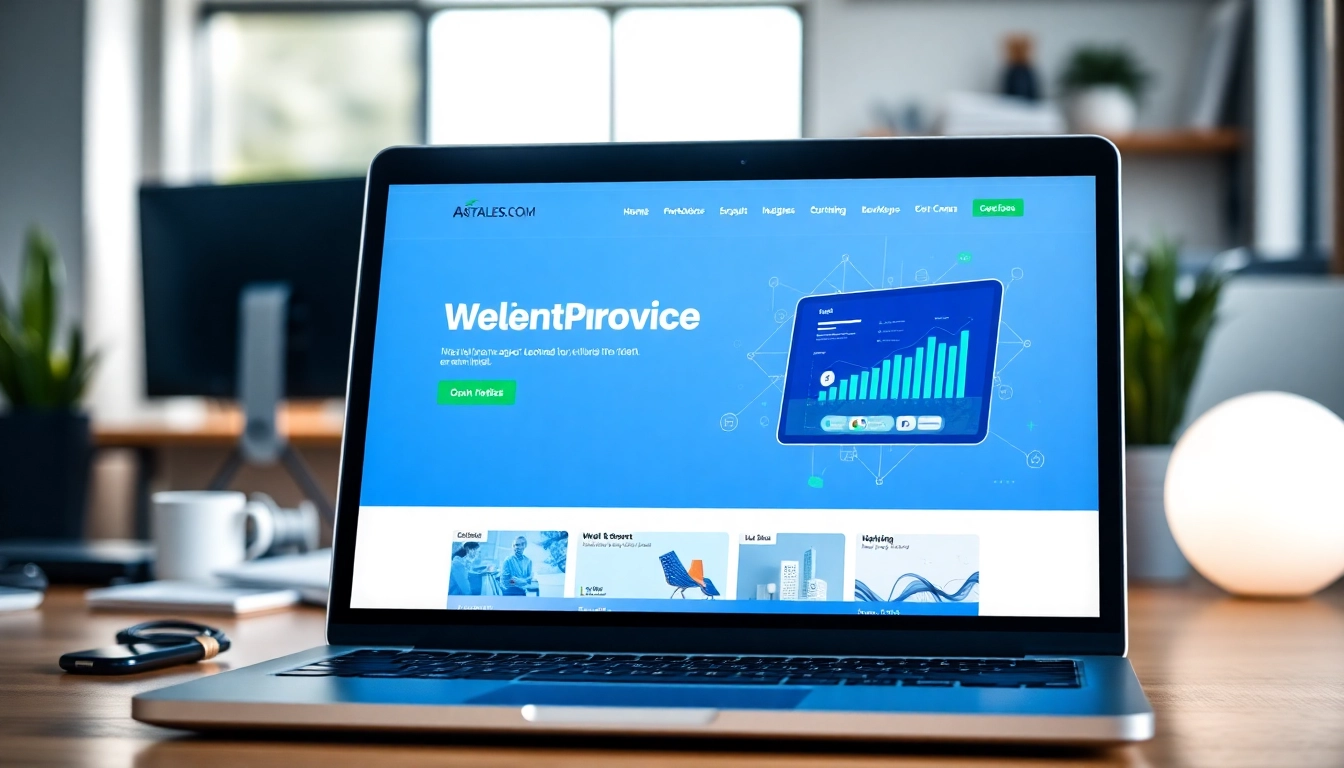What is Digital Proof of Ownership?
Definition and Importance
Digital proof of ownership refers to the mechanism by which the ownership of digital assets is verified and established. With the rise of digital assets such as cryptocurrencies, digital art, and non-fungible tokens (NFTs), having a reliable and secure method of proving ownership has become essential. This verification protects both buyers and sellers, ensuring that transactions are legitimate and that ownership claims cannot be easily disputed.
As the digital landscape grows, the importance of digital proof of ownership becomes more pronounced. It not only provides clarity in asset transactions but also fosters trust among users. For instance, entities involved in e-commerce, art sales, or software distribution require a method to prove ownership to avoid disputes and fraudulent activities. Therefore, understanding digital proof of ownership is critical for anyone engaging with digital assets. It’s not just about protection; it is about facilitating smoother and more efficient transactions in the digital economy.
At the heart of this verification are unique identifiers combined with blockchain technology, making digital proof of ownership a robust solution against counterfeiting and fraud. In this context, digital proof of ownership is increasingly seen as a cornerstone for transactions within the blockchain ecosystem and beyond. To delve deeper, you can explore how digital proof of ownership is shaping digital transactions.
Historical Context of Ownership in Digital Markets
The concept of ownership in the digital world has evolved alongside technology. Initially, ownership was more abstract in digital contexts. Early software distribution did not include clear ownership assignments, leading to rampant piracy and unauthorized usage of software and media. This uncertainty sparked a need for secure methodologies to establish ownership.
As businesses began to digitize their assets, the need for proof of ownership intensified. Then came the rise of digital rights management (DRM) systems, which sought to control the use of digital content by enforcing limits on access and redistribution. However, these systems faced challenges, often leading to user frustrations due to their restrictive nature.
With the advent of blockchain technology and NFTs, the landscape shifted dramatically. Blockchain provides a decentralized ledger that confirms ownership without the need for intermediaries, ensuring that ownership records are immutable and transparent. This marked a significant turning point in the digital ownership paradigm, allowing for more democratic access to ownership rights while enhancing trust and security across digital transactions.
Key Technologies Enabling Proof of Ownership
Several key technologies underpin the concept of digital proof of ownership. These technologies ensure that digital assets can be securely tracked and verified. They include:
- Blockchain Technology: This decentralized technology allows for the secure and transparent recording of transactions, making it crucial for establishing ownership of digital assets. Each transaction is encrypted and linked to the previous one, creating a chain that is resistant to alteration.
- Non-Fungible Tokens (NFTs): NFTs are unique digital tokens that represent ownership of a specific asset, whether digital or tied to a physical object. They hold information about the asset’s provenance, thus providing a powerful tool for establishing proof of ownership.
- Cryptography: Cryptographic principles are essential to the security of digital ownership systems. They ensure that ownership information is only accessible to those who have the correct keys, thereby protecting assets from unauthorized access.
- Smart Contracts: Implemented on blockchain networks, smart contracts automate ownership transfer procedures. They execute predefined actions when specific conditions are met, ensuring a secure and tamper-proof method for transferring ownership.
How Digital Proof of Ownership Works
Mechanisms of Ownership Verification
Digital proof of ownership utilizes various mechanisms to verify ownership rights. These methods ensure that ownership claims are both verifiable and enforceable:
- Wallet Addresses: In the crypto landscape, ownership is often tied to wallet addresses. Each digital asset is linked to a specific address, which can be verified publicly on the blockchain. This transparent ledger allows anyone to see the history of ownership transactions.
- Tokenization: Tokenization involves converting ownership rights into digital tokens that can be easily transferred and traded. This process makes it possible to establish a clear chain of ownership, where each transaction is recorded and verifiable.
- Digital Signatures: A digital signature verifies the identity of the asset owner. By signing transactions with a unique key, the owner can prove they have the authority to transfer the asset.
- Hashing Functions: Hashing is used to create a unique fingerprint of the asset. This ensures the integrity of the ownership records by making it nearly impossible to alter without detection.
The Role of Blockchain Technology
Blockchain technology plays a pivotal role in establishing and verifying digital proof of ownership. Its decentralized nature means that no single entity controls the record, making it resistant to fraud and manipulation. Transactions on a blockchain are recorded in real-time and are immutable, meaning once a transaction is verified, it cannot be changed or deleted.
The transparent and public nature of blockchains allows anyone to verify ownership claims without relying on third parties. This eliminates the risks associated with fraud and ensures that every participant can trust the data they are accessing. For instance, when someone purchases a piece of digital art stored as an NFT, they can see an unbroken chain of ownership from the original creator to the current owner. This transparency not only builds trust within markets but also enhances the overall value of digital assets that utilize blockchain for proof of ownership.
Types of Digital Assets and Their Ownership
Digital assets come in various forms, each with unique ownership considerations:
- Cryptocurrencies: Digital currencies like Bitcoin utilize blockchain technology for ownership verification. Each token is linked to a wallet address, representing the owner’s claim to that asset.
- Non-Fungible Tokens (NFTs): These are unique digital assets that can represent anything from art to music to virtual real estate. Ownership of an NFT proves proprietary rights over the digital object it represents.
- Digital Files: Documents and media can be stored and verified using blockchain. This ensures that authors and creators retain control over their work, minimizing unauthorized duplication or distribution.
- Intellectual Property: Digital proof of ownership is also crucial for intellectual property rights, protecting creators and inventors by providing verifiable claims to their work.
Benefits of Implementing Digital Proof of Ownership
Enhancing Trust and Transparency
The integration of digital proof of ownership significantly enhances trust and transparency in digital transactions. As individuals and organizations are often cautious about the authenticity of digital assets, a reliable verification mechanism mitigates doubts. Utilizing blockchain allows for easily accessible transaction histories, ensuring that potential buyers can verify an asset’s legitimacy and provenance before purchasing.
This transparency is particularly beneficial in markets prone to counterfeiting and fraud, such as art, luxury goods, and even software licensing. By employing digital proof of ownership, businesses can cultivate trust with their customers, leading to increased loyalty and satisfaction.
Reducing Fraud and Counterfeiting
One of the most significant advantages of digital proof of ownership is its ability to curb fraud and counterfeiting. Counterfeit goods cost the global economy billions annually. By validating ownership through blockchain technology, sellers can prove the authenticity of their assets, deterring counterfeiters and providing consumers with confidence in their purchases.
For example, in the art market, using an NFT as proof of ownership allows purchasers to be assured that they are buying an original that cannot be easily replicated. This not only protects artists but also enhances the integrity of the marketplace.
Facilitating Asset Transfer and Liquidity
Digital proof of ownership facilitates smoother asset transfers and enhances liquidity. Traditional asset transfer processes can be cumbersome, with various intermediaries and lengthy waiting periods. By utilizing blockchain technology, ownership transfers can occur instantly and securely, eliminating unnecessary delays and paperwork.
This instantaneity means that assets can be bought, sold, or traded more efficiently, promoting a more vibrant marketplace. As digital proof of ownership expands, the liquidity of digital assets is likely to increase, attracting more participants into digital markets.
Common Challenges in Digital Proof of Ownership
Legal and Compliance Issues
Despite the advantages of digital proof of ownership, challenges remain, particularly in the areas of legal and compliance frameworks. The legal status of digital assets varies significantly across jurisdictions, leading to confusion about ownership rights and obligations.
In many places, digital assets are not recognized by law as property, complicating ownership claims and rights enforcement. Furthermore, the rapid pace of technological development can outpace existing laws, leaving gaps that can be exploited. To mitigate these issues, stakeholders must work together to establish clear regulations that validate and clarify the status of digital assets.
Technological Barriers
Technological barriers can also hinder the widespread adoption of digital proof of ownership. Many potential users may lack the technical knowledge or resources to navigate blockchain platforms or understand how to manage digital assets securely. During the early stages of blockchain technology, usability issues were prevalent, making it difficult for average users to engage effectively.
To address these challenges, developers must focus on creating user-friendly interfaces and comprehensive educational resources. Simplified processes for asset management and ownership verification will encourage broader participation, fostering acceptance within various industries.
User Adoption and Accessibility
User adoption remains a significant challenge, particularly in regions where digital literacy is low or access to technology is limited. Individuals unfamiliar with digital proof of ownership may be reluctant to engage in digital transactions due to fears of scams or security issues. Bridging this gap is essential for future adoption.
A multifaceted approach involving educational outreach, workshops, and community engagement initiatives can promote digital ownership. Empowering users with knowledge and tools will ultimately lead to increased participation in digital asset markets.
Future Trends for Digital Proof of Ownership
Emerging Technologies and Innovations
The future of digital proof of ownership is bright, with numerous emerging technologies poised to reshape the landscape. Innovations such as decentralized finance (DeFi), artificial intelligence (AI), and the Internet of Things (IoT) are likely to play significant roles in the evolution of ownership verification.
For instance, AI can enhance security measures by providing intelligent fraud detection mechanisms that build upon existing blockchain technology. IoT devices can make physical asset ownership verification more seamless, linking devices with digital ownership records and fostering a more integrated ecosystem.
The Growing Role of NFTs
Non-fungible tokens will likely continue to gain prominence in the digital proof of ownership domain. As awareness and acceptance of NFTs expand, they may serve as a foundational element in various industries beyond art and collectibles, such as real estate, fashion, and even traditional finance.
The diversification of NFT applications indicates a trend toward more recognition and structured usage within legal frameworks, paving the way for broader markets. Their unique properties make them ideal for establishing ownership claims for both digital and physical assets in a more secure manner.
Impact on Global Economy and Digital Ecosystems
Digital proof of ownership has the potential to transform not only individual markets but also the global economy as a whole. By increasing trust and transparency in transactions, it creates an environment conducive to innovation and collaboration, driving economic growth.
This newfound trust encourages businesses of all sizes to participate in the digital economy, leveraging blockchain technology to explore new revenue streams, enhance their offerings, and engage customers in novel ways. As businesses adapt to these changes, we may see a shift in traditional economic models, leading to the emergence of decentralized and remote marketplace dynamics.



